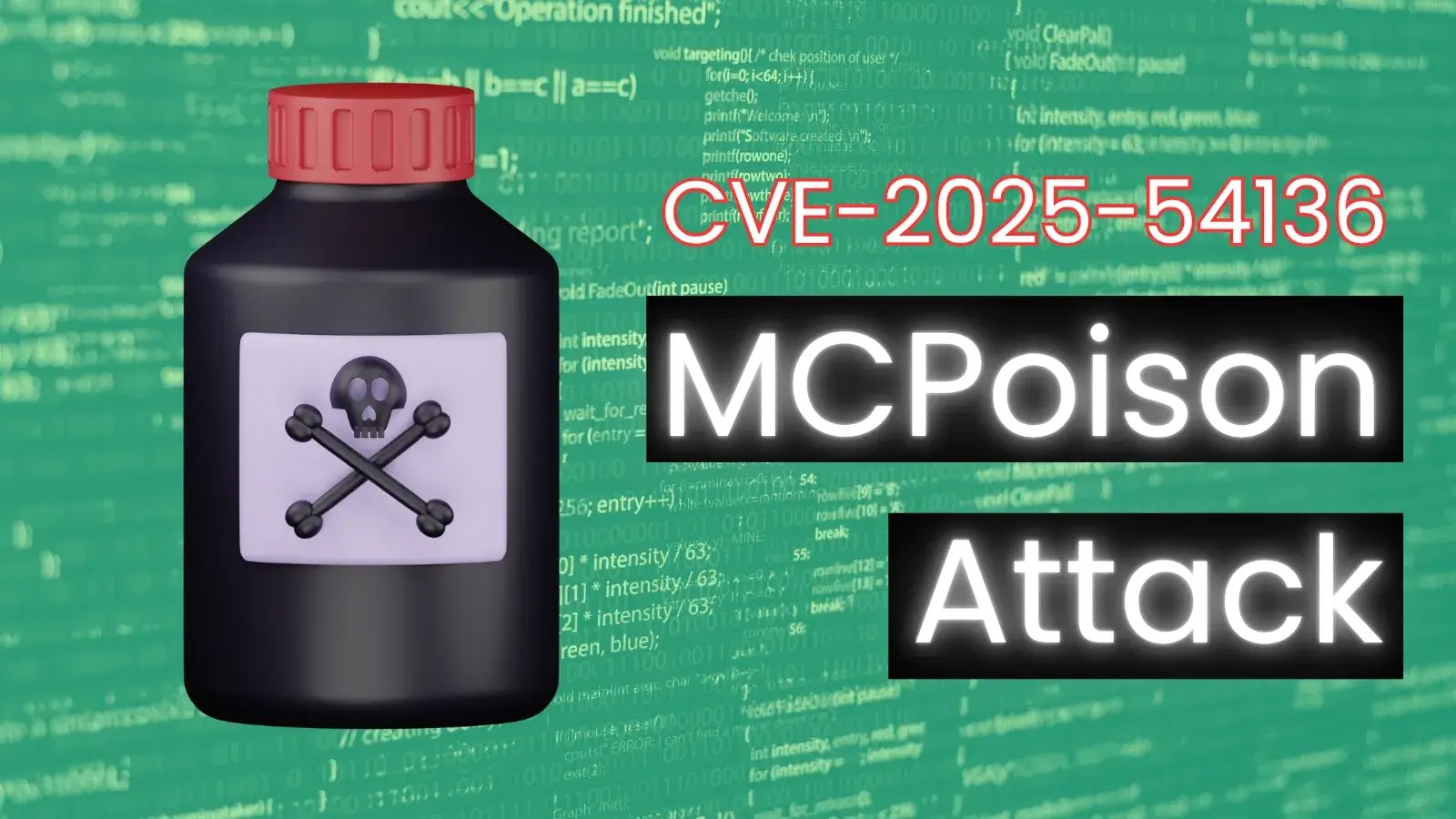The weaponization of Windows shortcut (LNK) files for malware distribution has increased by an astounding 50%, according to telemetry data, with dangerous samples rising from 21,098 in 2023 to 68,392 in 2024.
These LNK files, typically used as virtual links to access files or applications without navigating complex folder structures, have become a potent tool for cybercriminals due to their flexibility.
Dramatic Rise in Malicious LNK Samples
Attackers exploit these shortcuts to execute malicious payloads and disguise them as legitimate files, tricking users into launching malware.
Based on an in-depth analysis of 30,000 recent samples, this investigation uncovers the sophisticated techniques behind LNK malware and the critical need for awareness among both cybersecurity professionals and everyday Windows users.
The research categorizes LNK malware into four distinct types, each leveraging unique mechanisms to compromise systems.
Four Lethal Categories of LNK Malware
First, exploit execution involves corrupted LNK binaries that target vulnerabilities in Windows components, such as CVE-2010-2568, though these are less common in patched systems.
Second, file-on-disk execution sees LNK files pointing to malicious scripts or binaries already present on the victim’s system, often using system tools like powershell.exe or cmd.exe to trigger payloads.
Third, in-argument script execution embeds malicious scripts directly within the LNK file’s command-line arguments, utilizing interpreters like PowerShell or conhost.exe to execute obfuscated code, often bypassing detection through Base64 encoding or environment variable manipulation.
Lastly, overlay execution appends malicious content to legitimate LNK files, leveraging utilities like findstr or mshta.exe to extract and detonate hidden scripts or binaries, sometimes even embedding benign decoy content like PDFs to mislead users.
These techniques highlight the deceptive simplicity of LNK files, whose customizable icons and hidden .lnk extensions (visible only in command-line tools) make them ideal for social engineering attacks, often mimicking trusted file names like “Invoice” or “PASSWORD_HERE.txt.”
The structural analysis of LNK files reveals key fields like LINKTARGET_IDLIST, RELATIVE_PATH, and COMMAND_LINE_ARGUMENTS as central to malicious target resolution and execution, with over 99% of samples utilizing LINKTARGET_IDLIST to specify targets.

This underscores the importance of scrutinizing file properties accessible via right-clicking and selecting “Properties” to identify suspicious targets or unusually long arguments pointing to unknown directories.
As LNK files grow in popularity for malware distribution, caution is paramount when handling unknown shortcuts, especially those downloaded from the internet.
Palo Alto Networks bolsters protection through solutions like Next-Generation Firewall, Prisma Access with Advanced WildFire, Advanced Threat Prevention for real-time exploit detection, and Cortex XDR/XSIAM for multi-layer post-exploitation defense.
Indicators of Compromise (IoCs)
| SHA256 Hash |
|---|
| a90c87c90e046e68550f9a21eae3cad25f461e9e9f16a8991e2c7a70a3a59156 |
| 08233322eef803317e761c7d380d41fcd1e887d46f99aae5f71a7a590f472205 |
| 9d4683a65be134afe71f49dbd798a0a4583fe90cf4b440d81eebcbbfc05ca1cd |
| a89b344ac85bd27e36388ca3a5437d8cda03c8eb171570f0d437a63b803b0b20 |
| 28fa4a74bbef437749573695aeb13ec09139c2c7ee4980cd7128eb3ea17c7fa8 |
| fb792bb72d24cc2284652eb26797afd4ded15d175896ca51657c844433aba8a9 |
| f585db05687ea29d089442cc7cfa7ff84db9587af056d9b78c2f7a030ff7cd3d |
| b2fd04602223117194181c97ca8692a09f6f5cfdbc07c87560aaab821cd29536 |
| 86f504dea07fd952253904c468d83d9014a290e1ff5f2d103059638e07d14b09 |
| d1dc85a875e4fc8ace6d530680fdb3fb2dc6b0f07f892d8714af472c50d3a237 |
| 76d2dd21ffaddac1d1903ad1a2b52495e57e73aa16aa2dc6fe9f94c55795a45b |
Exclusive Webinar Alert: Harnessing Intel® Processor Innovations for Advanced API Security – Register for Free




